Hindsight is 2020: The year in review
Recent articles
2020 in research images
Feast your eyes on glowing glia and organoids; high-resolution, digital renditions of mouse brains; fluorescent beads passing through zebrafish guts and more.
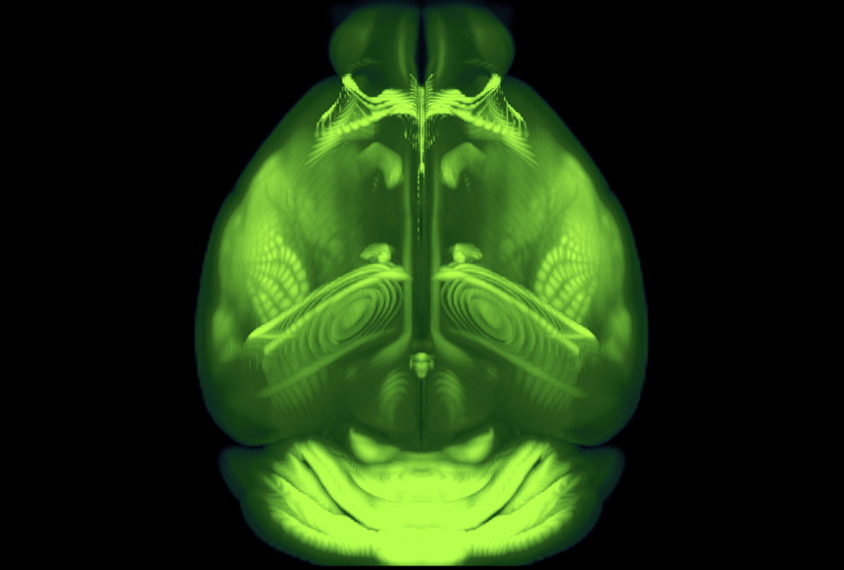
2020 in research images
Feast your eyes on glowing glia and organoids; high-resolution, digital renditions of mouse brains; fluorescent beads passing through zebrafish guts and more.
Rewind: Spectrum’s best from 2020
Our staff picks the stories, podcasts and special reports that stood out from the rest this past year.
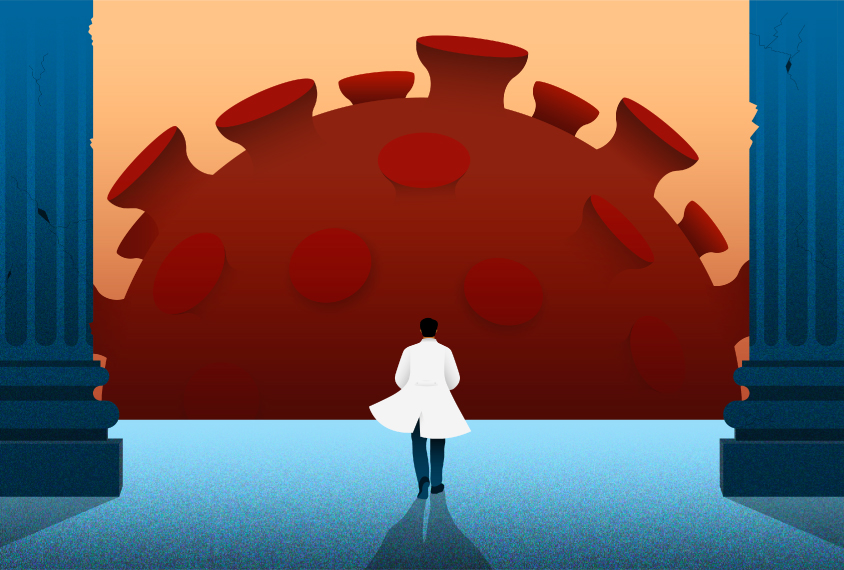
Rewind: Spectrum’s best from 2020
Our staff picks the stories, podcasts and special reports that stood out from the rest this past year.
Inside the reporter’s notebook: Dispatches from 2020
Spectrum's staff couldn't report on the ground this year — with no lab visits, sit-down interviews or in-person conferences to attend — but we observed a lot of changes from our computer screens.
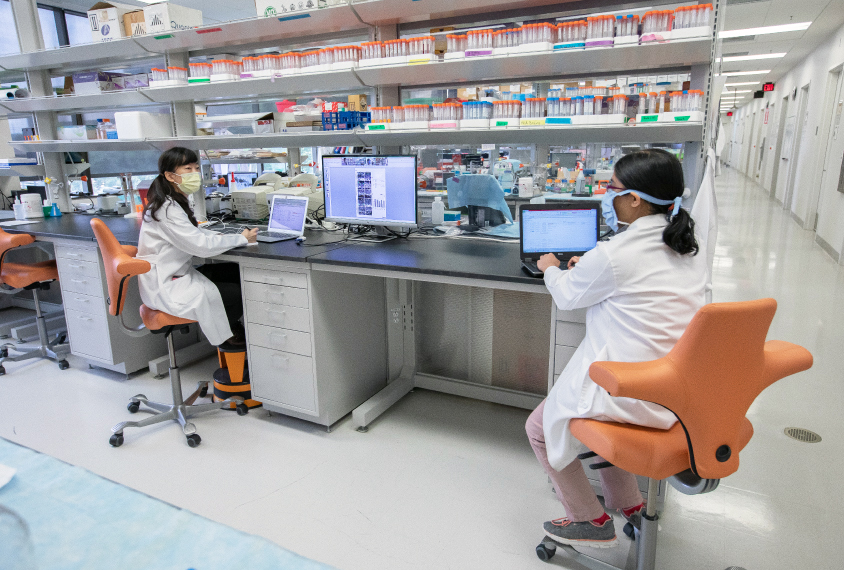
Inside the reporter’s notebook: Dispatches from 2020
Spectrum's staff couldn't report on the ground this year — with no lab visits, sit-down interviews or in-person conferences to attend — but we observed a lot of changes from our computer screens.
Hot topics in autism research, 2020
The Spectrum team highlights five topics that distinguished autism research in 2020: diversity in data, gene therapies, subtyping, social circuitry and the ‘autism gene’ debate.
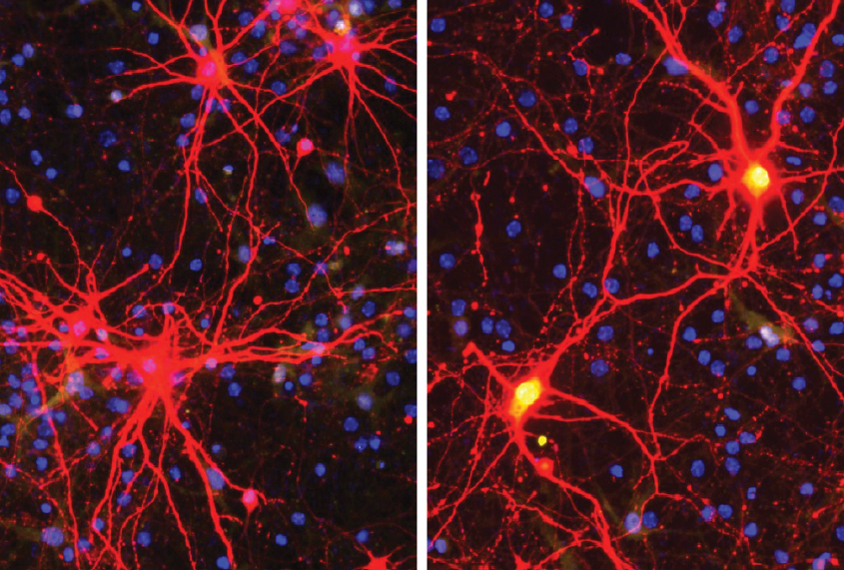
Hot topics in autism research, 2020
The Spectrum team highlights five topics that distinguished autism research in 2020: diversity in data, gene therapies, subtyping, social circuitry and the ‘autism gene’ debate.
Notable papers in autism research, 2020
Gene therapies and the factors influencing autism traits top Spectrum’s list of the 10 most notable research findings we covered in 2020.
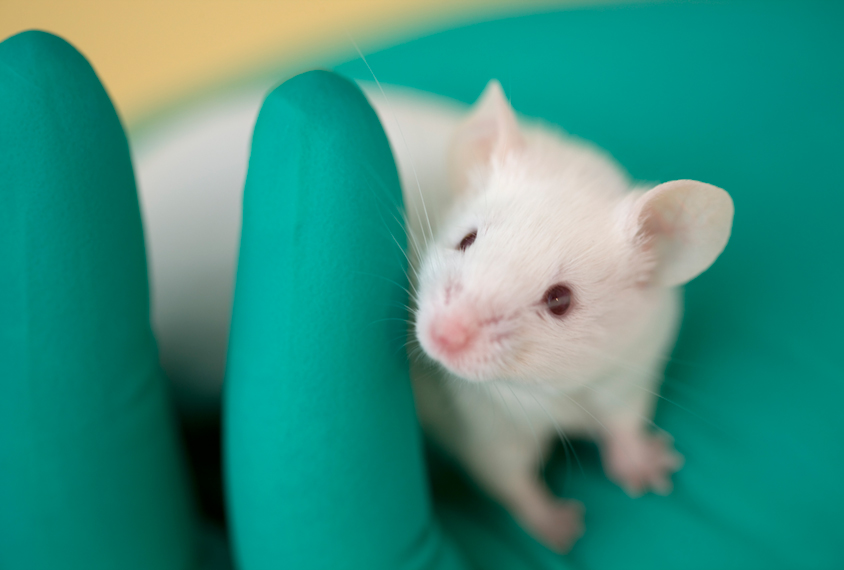
Notable papers in autism research, 2020
Gene therapies and the factors influencing autism traits top Spectrum’s list of the 10 most notable research findings we covered in 2020.
Explore more from The Transmitter
What is the future of organoid and assembloid regulation?
Four experts weigh in on how to establish ethical guardrails for research on the 3D neuron clusters as these models become ever more complex.
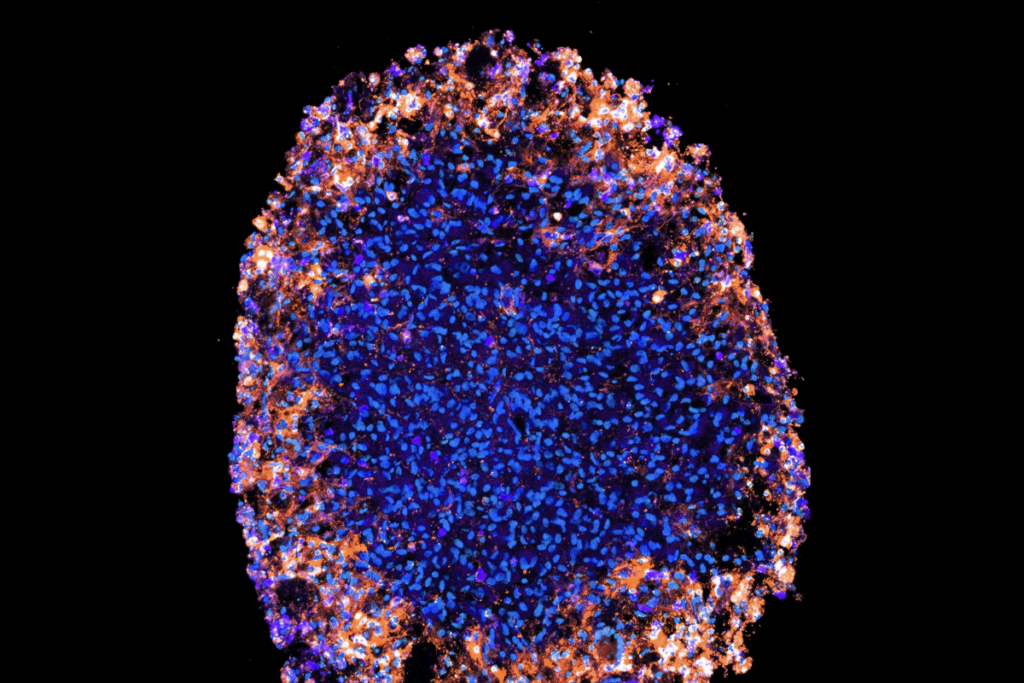
What is the future of organoid and assembloid regulation?
Four experts weigh in on how to establish ethical guardrails for research on the 3D neuron clusters as these models become ever more complex.
Insights on suicidality and autism; and more
Here is a roundup of autism-related news and research spotted around the web for the week of 8 December.

Insights on suicidality and autism; and more
Here is a roundup of autism-related news and research spotted around the web for the week of 8 December.
Exclusive: Springer Nature retracts, removes nearly 40 publications that trained neural networks on ‘bonkers’ dataset
The dataset contains images of children’s faces downloaded from websites about autism, which sparked concerns at Springer Nature about consent and reliability.

Exclusive: Springer Nature retracts, removes nearly 40 publications that trained neural networks on ‘bonkers’ dataset
The dataset contains images of children’s faces downloaded from websites about autism, which sparked concerns at Springer Nature about consent and reliability.